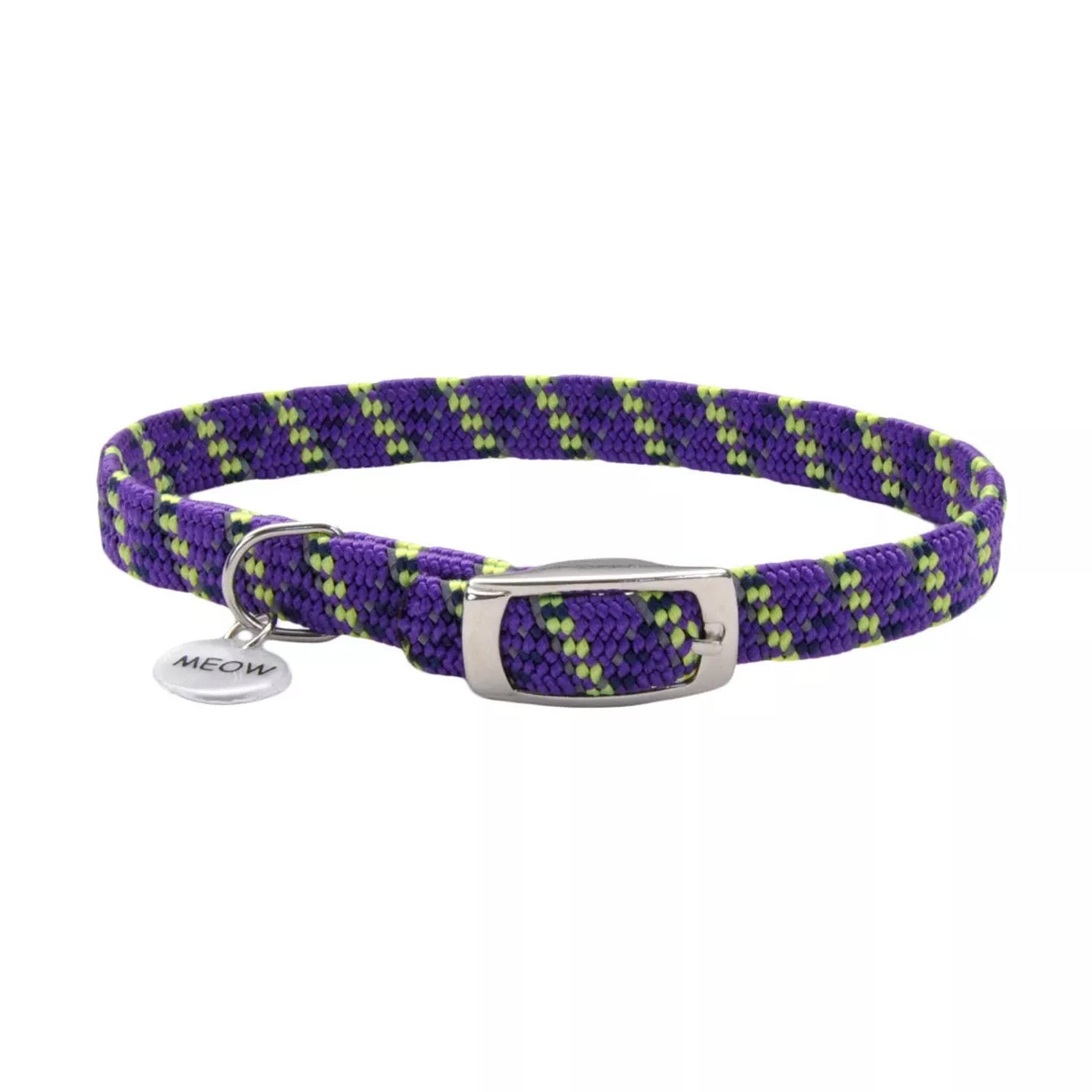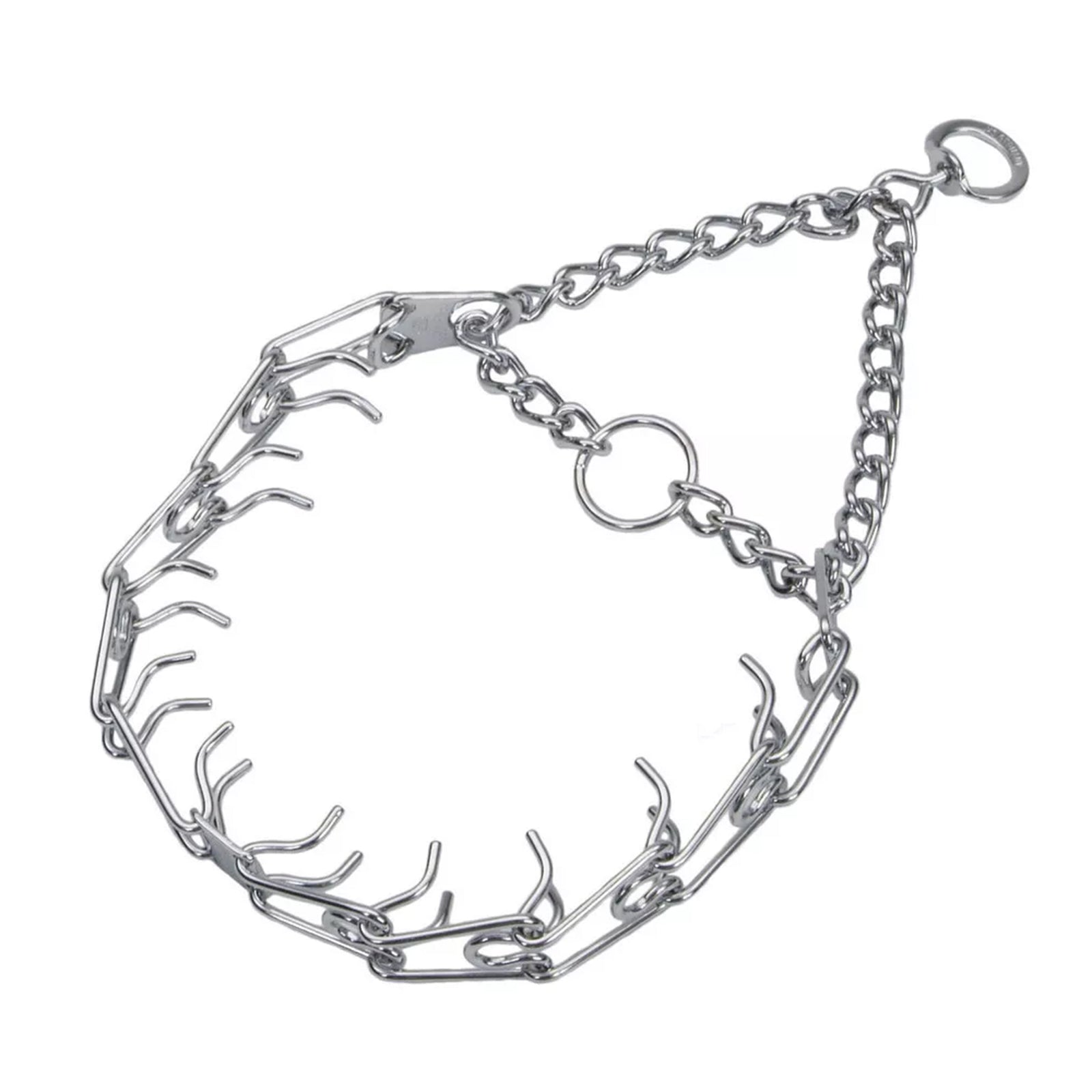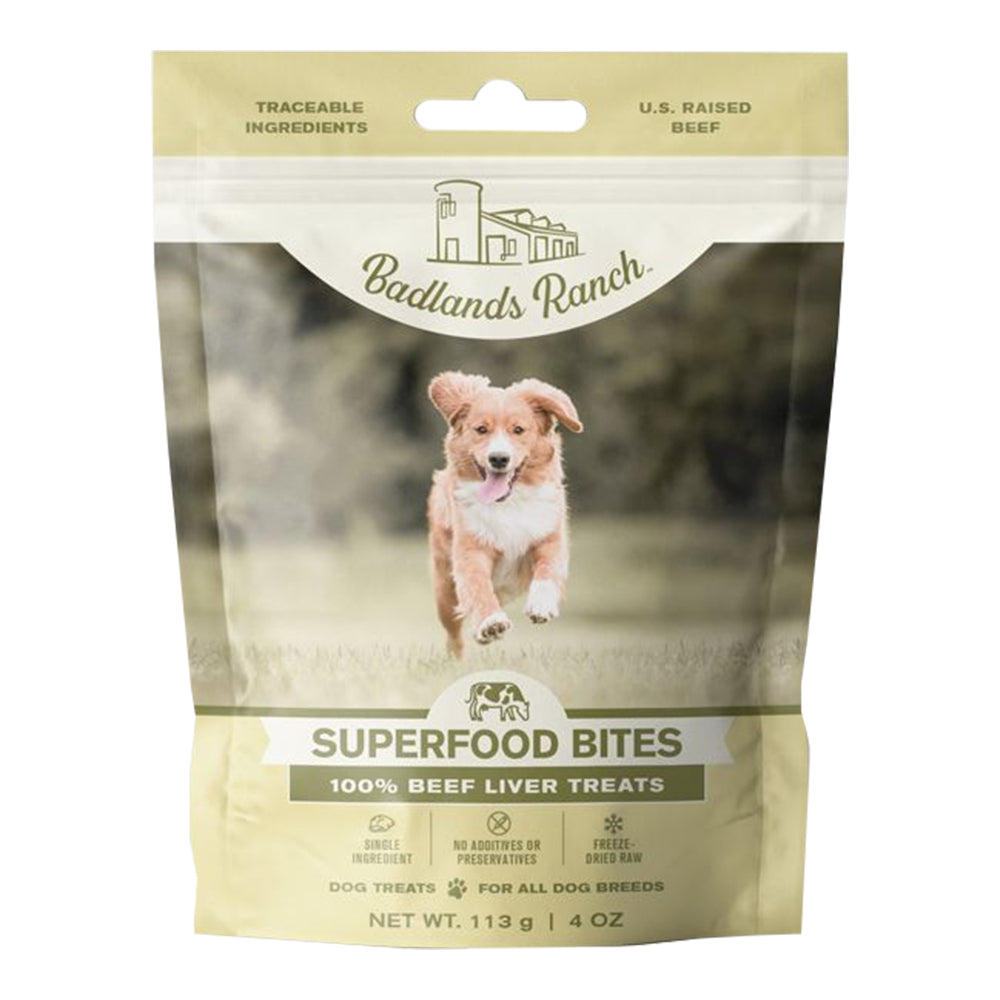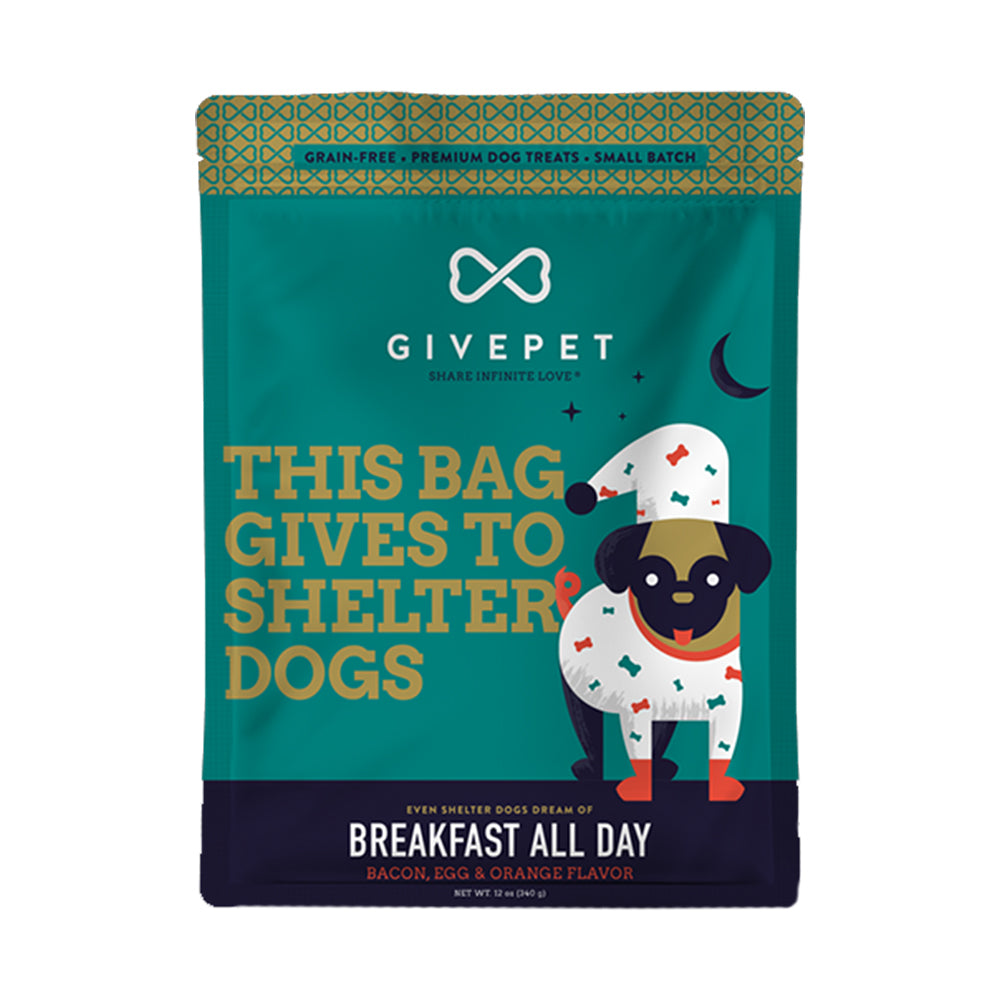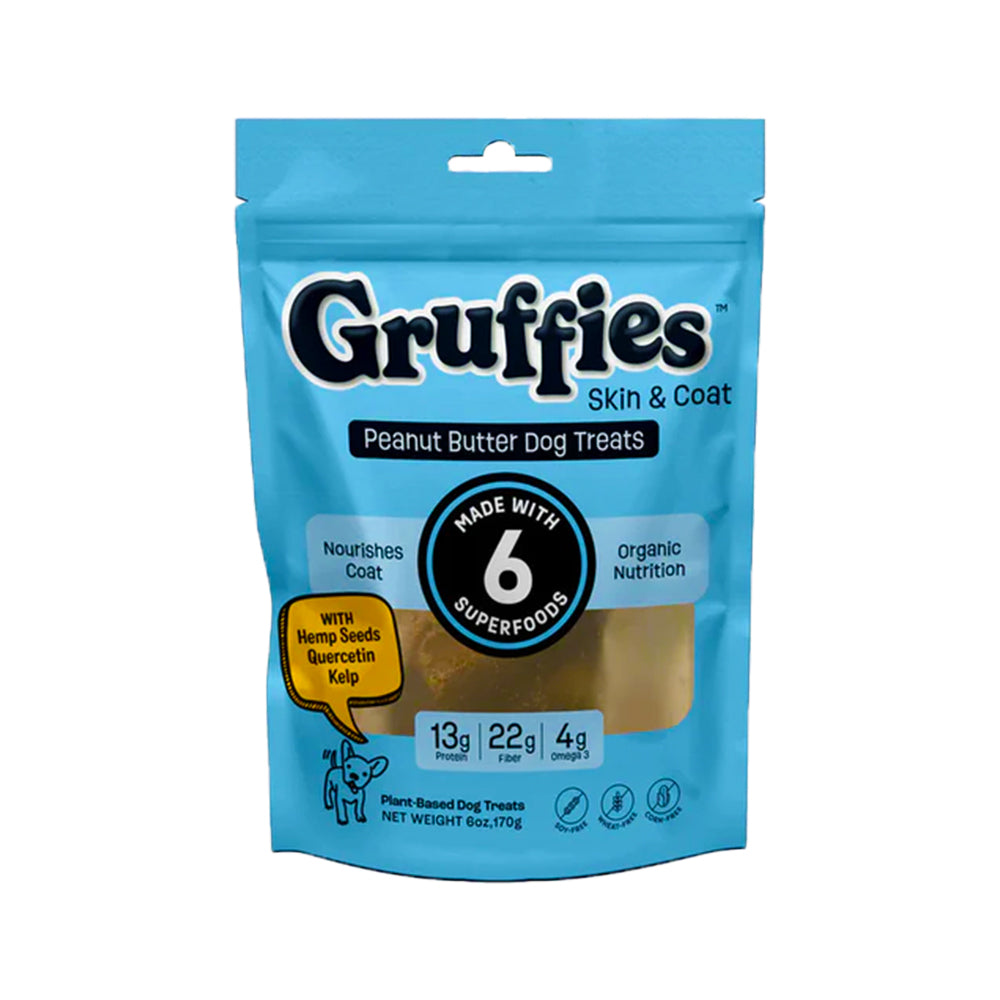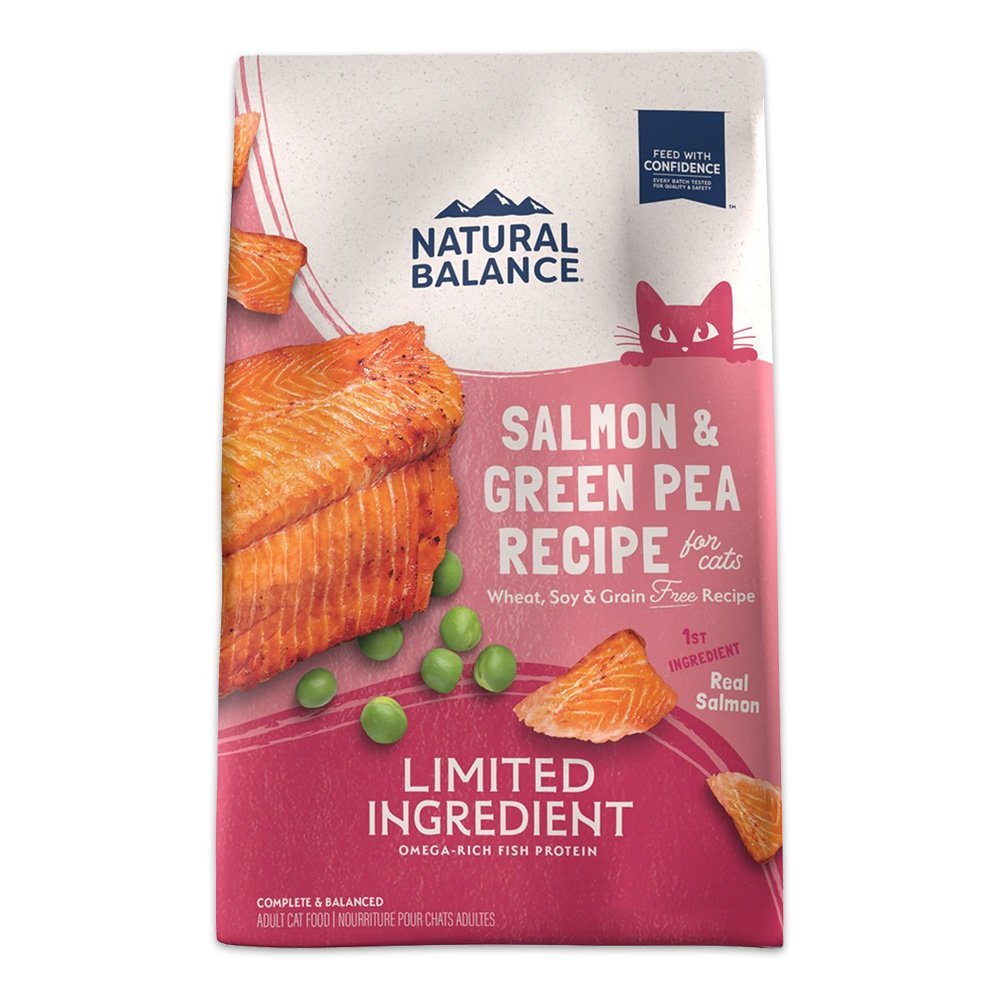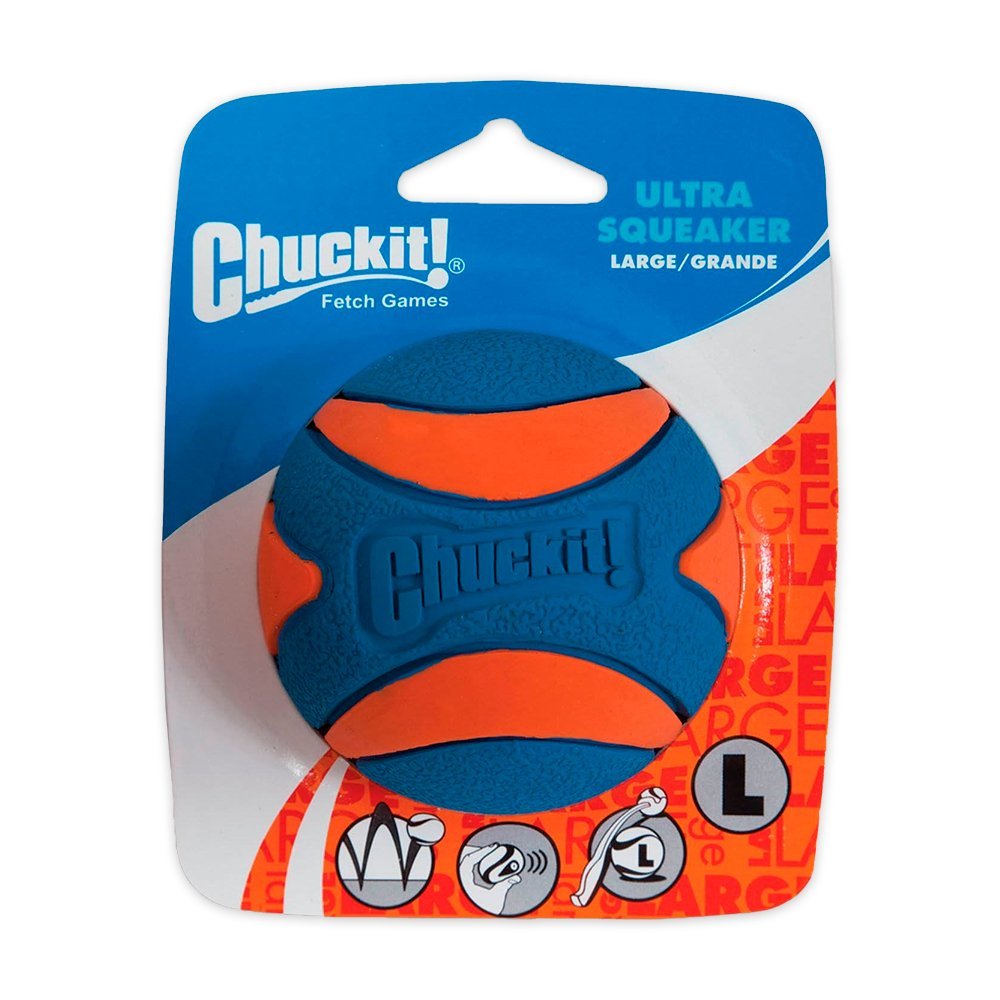A question that many pet parents face every day is Wet Cat Food vs. Dry Cat Food and making the correct choice can affect the overall fitness of your cat. The best cat food includes wet cat food (the best canned food for cats) with its good moisture level to keep the cat hydrated and meet the needs of any picky eaters as well as dry food with its preference of easy convenience and cheaper cost along with supporting cat oral health. A mixture of cat wet food and cat dry food with a recombination of nutrients and hydration is often advised by many veterinarians to provide variety to a cat. As it turns out, both have their advantages and drawbacks, so in our blog, we discuss them and present the best options when it comes to both dry cat food and wet cat food.
A critical choice that might affect your cat's health and well-being is what to feed them. Pet owners and vets have been debating wet cat food vs. dry cat food for a long time. Every food variety has unique benefits and drawbacks, so it's crucial to understand them all in order to choose the best option for your feline pal.
The Facts About Wet and Dry Food for Cats
Kibble or dry cat food contains only about 6-10 percent moisture content whereas wet cat food which is most commonly in a can or pouch, has around 70-85 percent moisture. This large difference in water level is one of the primary factors that influence the nutrition and general health of a cat. Both varieties can provide balanced nutrition when they meet the specifications set by the Association of American Feed Control Officials (AAFCO) of the life-stage of your cat.
Nutritional Differences Between Wet Cat Food and Dry Cat Food
Dry cat food and wet cat food vary a lot in terms of nutritional composition. Some wet food products commonly contain less carbohydrate and higher protein and fat than dry food. This better agrees with the natural nutritional needs of cats since they have the obligatory carnivore nature and require a diet that is rich in animal protein.
Otherwise, since dry cat food contains less moisture, it would likely be more energy dense so cats can eat fewer calories yet still receive the nutrients they need. In case this is not properly controlled, however, then that could lead to excess consumption.
Health Benefits of Wet Cat Food and Dry Cat Food
| Dry food | Wet food |
| convenience | Palatability |
| Low calorie | hydration |
| affordable | variety |

The answer depends on your cat’s unique needs. Here’s a quick comparison to help you decide:
| Factor | Wet Cat Food | Dry Cat Food |
|---|---|---|
| Hydration | High moisture content keeps cats hydrated. | Low moisture content; cats need to drink more water. |
| Convenience | Requires refrigeration; shorter shelf life. | Easy to store; can be left out for grazing. |
| Cost | More expensive per serving. | More budget-friendly. |
| Dental Health | No significant dental benefits. | Can help reduce plaque and tartar. |
| Palatability | Highly appealing to picky eaters. | May be less enticing for some cats. |
Which Type of Food Is Best for Your Cat?
The best cat food type often depends on several factors which are:
1. Age:
- Kittens: They require high-calorie and protein-rich diets; both wet and dry options are suitable but consider wet food for hydration.
- Adults: Both wet and dry foods or their mixture are suitable for adult kitties.
- Seniors: Senior cats are very vulnerable to dental issues so wet food is a viable option as it is softer and easier to swallow.
2. Health Conditions:
- Kidney Disease: Wet food intake is recommended because it has a higher level of moisture.
- Obesity: Dry food has fewer calories and is the most desirable choice but portion control when feeding is absolutely necessary.
- Dental Health: Both dry and raw kibble can aid in plaque development but still require regular dental checks no matter the diet adopted
3. Activity Levels:
- Active cats may thrive on dry kibble due to its energy density.
- Less active or indoor cats might benefit from the hydration provided by wet food.
Wet Cat Food: Best Picks, and Benefits
Wet cat food is greatly valued due to the moisture in the food and the delicious feel that supports the hydration of the cat and its eagerness to chew on food. Top brands also produce unique protein-rich wet food, made with high-quality, grain-free natural ingredients, to help ensure general health and vitality.
Weruva
Weruva focuses on top of the line wet cat food produced using premium human grade ingredients. Their recipes are grain-free, and offer moisture rich, high in protein recipes that nourish cats, supporting growth, hydration, digestion, and the feline body.
Benefits:
- Encourages proper hydration and muscle supports with humid, protein rich formulas.
- Natural grain-free ingredients but with no fillers or additives making it easier to digest and improve the condition of the coat.
Tiki Pets
Tiki Pets is a variety of high-end wet cat foods that tend to represent the natural prey setting of a cat. The protein-rich, grain-free formulas provide hydrating moisture and nutrition that guides to ensure feline hydration, lean muscle, and general vitality.
Benefits:
-
Offers meals with high levels of proteins and moisture that stimulates hydration and muscle health.
-
Using only natural and non-GMO ingredients without any artificial preservatives, helping to maintain digested health and whole body system wellness.
Wellness
Wellness develops gourmet wet cat foods using natural, nutrient-enhanced ingredients and with the knowledge of vets to guide them. They have recipes that emphasize feeding a full balanced nutrition to keep a feline healthy during its lifespan.
Benefits:
- Skillfully made with maximum nutrition and health.
- Produced at superior levels of safety and quality.
Sheba
Wet cat foods produced by Sheba use quality meat and seafood and are developed to deliver a high-protein and moisture-packed diet. Their grain free food does not involve any artificial flavoring or preservatives and contributes to hydration and feline well-being.
Benefits:
- Good quality protein will assist in keeping muscle and energy in check.
- Easy, clean up-free servings prepared using natural ingredients to give a healthy meal.
Natural Balance
Natural Balance produces a wide range of high quality wet cat food that includes limited ingredient recipes and singular source proteins specializing on the diets of animals that have food sensitivities. Their formulas are concentrated on balanced nutrition, natural ingredients and support of all stages in life.
Benefits:
- Promotes the health of cats in general, using scientifically supported recipes and high-protein sources.
- Digestible ingredients, which are safe to use, do not contain fillers, which are healthier to the coat and digestion.
Choosing quality wet cat food will give them a more natural balanced diet, which caters to their health and pleasure. It is best suited for cats that require additional water or have such diseases as diabetes or obesity.
Dry Cat Food: Best Picks and Benefits
Dry cat food, also known as kibble, is a popular choice for many cat owners for so many reasons, and some best dry cat food brands, became the reason.
IAMS
IAMS provides top-quality dry cat food for various age groups and needs, with chicken and salmon protein supporting muscle growth. It also contains antioxidants and essential nutrients to boost immunity, improve energy, and promote shiny, adorable coats in cats effectively.
Benefits:
- Provides nutrition to promote ideal body weight as well as digestion and hairball management.
- It is produced without the use of artificial preservatives or fillers to provide quality and balanced nutrition to the indoor cat.
Natural Balance
Natural Balance produces drag and grain-free cat food that is limited in ingredients and aimed at the cats with food allergies. Their recipes include only single-source proteins and nutrient-rich ingredients, to support intestinal health, healthy skin and coats along with a general balanced diet.
Benefits:
- Maintains delicate digestion using simple ingredients and super highly digestibility as well as extra fiber.
- Omega fatty acids and taurine have been added to promote healthy skin, coat and heart.
Meow Mix
Meow Mix offers various dry food varieties to suit cats’ different tastes and nutritional needs.
Their recipes blend chicken, turkey, salmon, and ocean fish for balanced nutrition, crunchy texture, and essential nutrients at every life stage.
Benefits:
- With quality protein and proportional ingredients, it supplements the overall health.
- Distinctive textures provide cats with body-enriching and pleasing treatments and good dental care.
Tiki Pets
Tiki Pets has dry cat foods that resemble the natural prey-based diet eaten by cats with high protein content, grain-free formulas of carefully selected and non-GMO ingredients. They have formulas that promote lean muscle performance, digestion and skin and coat health providing balanced nutrition to the indoor cats.
Benefits:
- Recipes contain high-protein, nutrient-dense foods and help maintain a long-term natural energy.
- Formulas that contain superfoods and are free of grain support the digestive system and enhance the immune system.
Lucy Pet
Lucy Pet Products also has the finest lines of dry cat food products which contain nutritious products such as real salmon, pumpkin, and quinoa. Their recipes help in healthy digestion, immunity, and whole-body cat health through the addition of balanced nutrition and natural superfood.
Benefits:
- A special formula is Prebiotic Fiber Blend to enhance gut health and digestion.
- Contains actual animal proteins and products with antioxidant-packed foodstuffs to help boost immunity and vitality.
Dry cat food is ideal for busy pet owners or cats who prefer to graze throughout the day. However, it’s crucial to choose high-quality dry cat food with minimal fillers and a high protein content to meet your cat’s nutritional needs.
Final Thoughts
At the end of all the discussions that should have answered the question of wet cat food vs dry cat food the decision should rest on what the unique needs of your cat entail. To ensure that your cat has access to sufficient water and they eat crunchy kibbles, some physicians recommend a mixture of the two types. Get to know your veterinarian well to enable you to adjust your cat diet according to its changing health needs by discussing it frequently.





